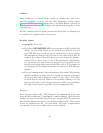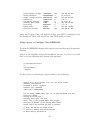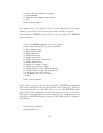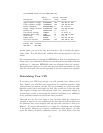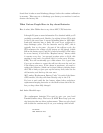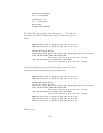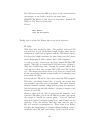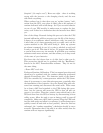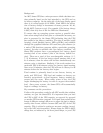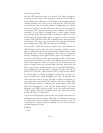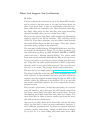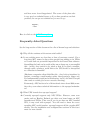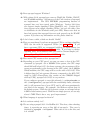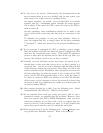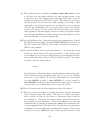Surprise! (Or maybe not?) Kern was right - there is nothing
wrong with the inverter or the charging circuit, and the new
cells fixed everything.
What confused me is that there was no ’replace battery’ indi-
cation from the UPS, even when it failed, plus a fair amount of
runtime indicated with a full charge. So if you see such behavior
on one of your UPS models, it makes sense to replace the bat-
teries, even if there is no indication that the batteries have failed
yet.
One of the things I learned during this process is that the UPS
internal calibration will lose accuracy over the life of the battery.
I always do a recalibrate when I install new cells, but rarely do
it after that, as it’s time-consuming, and you really can’t use the
system attached to the UPS while doing it. Since my systems
are almost constantly in use, it’s a pain to schedule a recal, and
I tend to put it off. This time it bit me. I’d suggest that folks do
a recal at least once every six months. It will make your runtime
estimates much more accurate, and also allows you to keep track
of the state of your batteries.
For those who don’t know how to do this, here’s what you do.
This proceedure should not be confused with the ’Recalibrate’
feature in the APC PowerchutePlus software. They do not do
the same thing.
>From APC’s web site:
Perform a Runtime Calibration. This is a manual procedure and
should not be confused with the runtime calibration performed
through PowerChute plus. The batteries inside of the Smart-
UPS are controlled by a microprocessor within the UPS. Some-
times it is necessary to reset this microprocessor, especially after
the installation of new batteries. Stop the PowerChute plus soft-
ware from running and disconnect the serial cable. There must
be at least a 30% load attached to the UPS during this proce-
dure, but the process will cause the UPS to shut off and cut
power to its outlets. Therefore, attach a non-critical load to the
UPS and then force the UPS on battery by disconnecting it from
utility power. Allow the unit to run on battery until it turns off
completely. Make sure a 30% load is present! Plug the UPS back
into the wall outlet and allow it to recharge (it will recharge more
quickly turned off and with no load present). Once the unit has
recharged, the “runtime remaining” calculation should be more
accurate. Remember that if the unit is an older model, then the
runtime will not improve significantly.
91



